Rivers have shaped human settlements for millennia, creating communities where the steady flow of water seems to alter time itself. While modern life accelerates elsewhere, certain riverside towns maintain a curious relationship with the clock, preserving traditions, architecture, and rhythms of life that make visitors feel they’ve stepped into earlier eras.
Here is a list of 20 river towns where the passage of time seems to run counter to the modern world, offering authentic glimpses into ways of life that continue to flow against the current of progress.
Luang Prabang, Laos
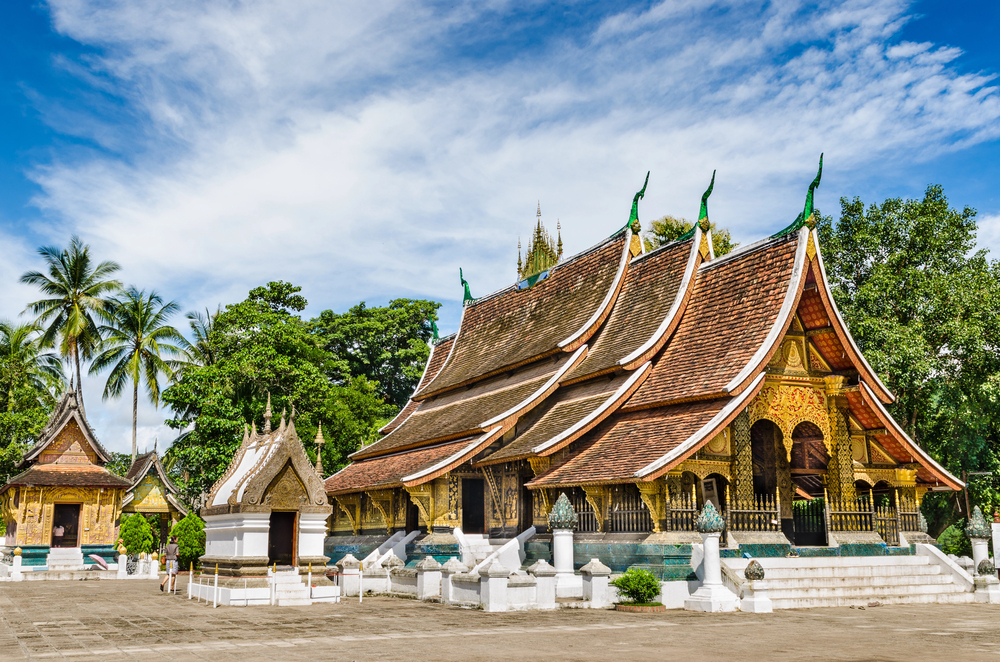
The confluence of the Mekong and Nam Khan rivers cradles this former royal capital. Buddhist monks in saffron robes still process barefoot at dawn collecting alms, a tradition unchanged for centuries. Colonial architecture remains remarkably preserved due to UNESCO protection, with no building allowed to exceed the height of the surrounding palm trees.
The absence of traffic lights and commercial signage maintains the visual landscape as it appeared generations ago, while the evening ritual of handicraft markets being assembled and disassembled by hand follows patterns established long before electricity reached the region.
Berat, Albania
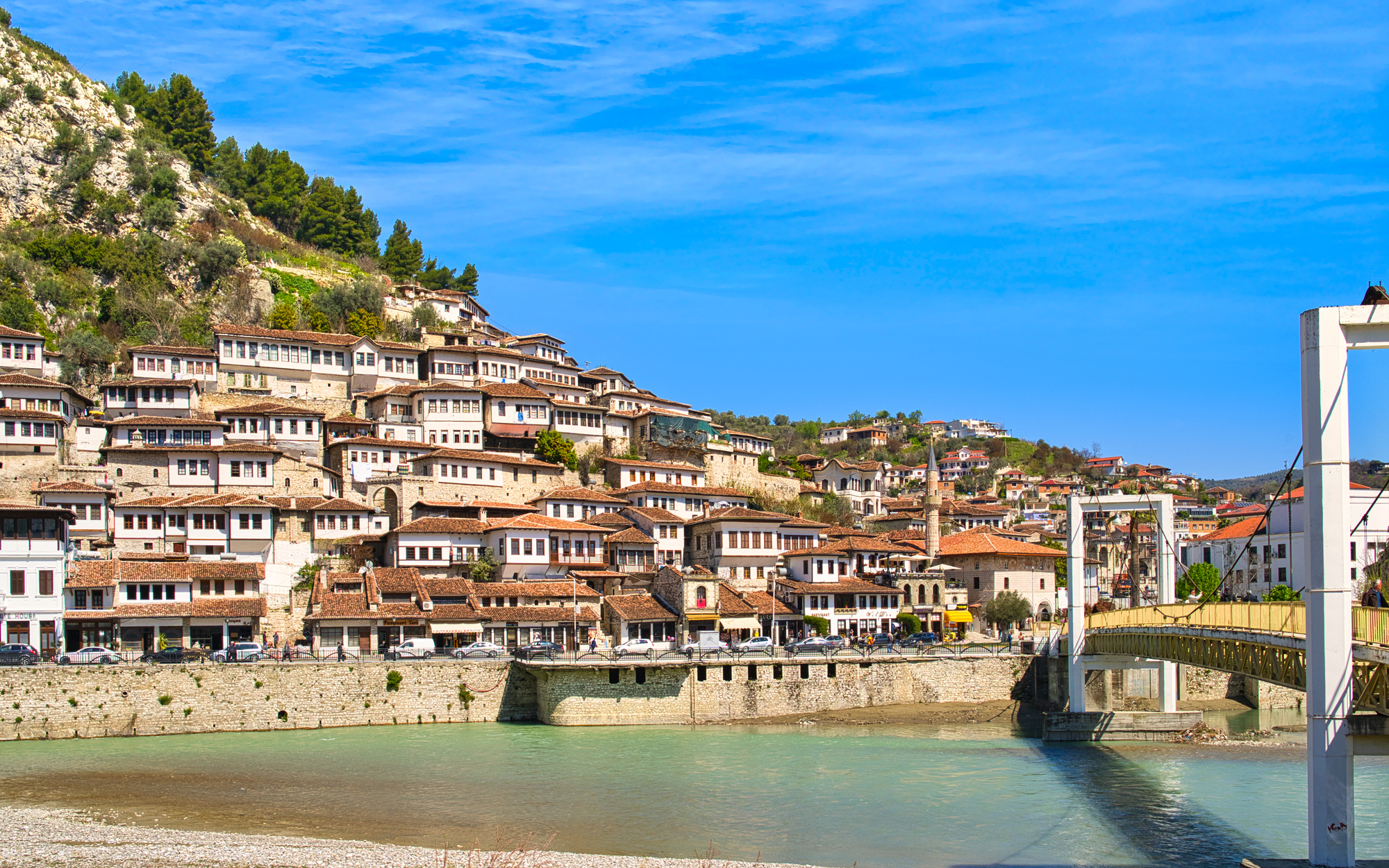
Known as the “City of a Thousand Windows”, Berat straddles the Osum River with Ottoman-era white houses climbing the hillside, their numerous windows creating the appearance of a town constantly watching its reflection in the water below. Craftspeople still practice traditional trades in workshops unchanged for generations, using tools and techniques passed through families rather than learned from modern instruction.
The absence of modern construction within the historic zones creates an immersive experience. The only reminder of the current century might be a visitor’s camera or the occasional satellite dish discreetly attached to a centuries-old roof.
Like Travel Pug’s content? Follow us on MSN.
Hoi An, Vietnam
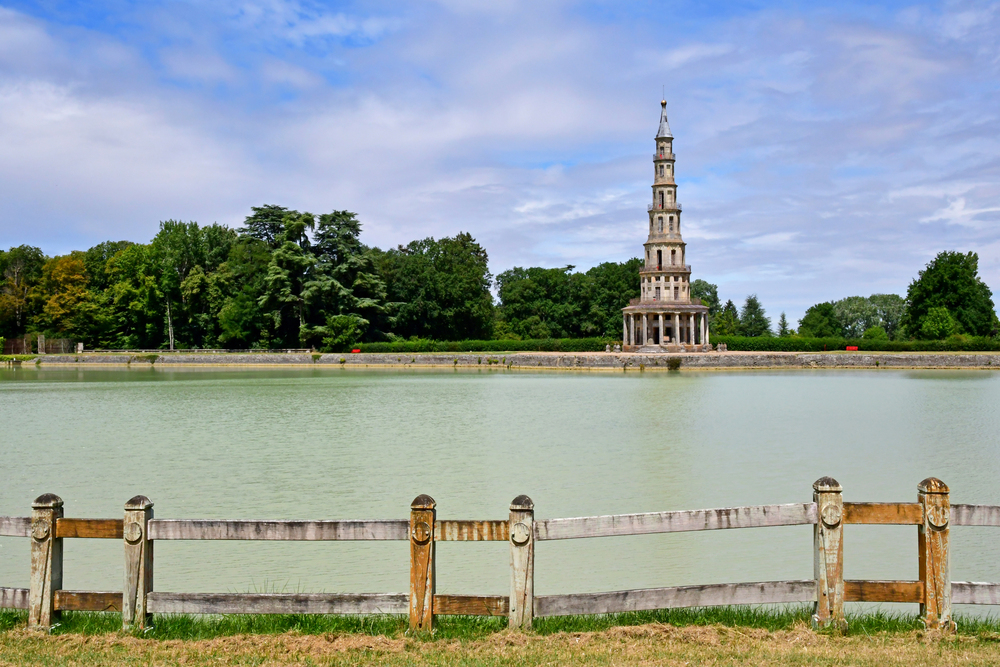
The Thu Bon River flows past this exceptionally preserved trading port where lantern-lit streets transform after sunset into a scene from centuries past, with buildings reflecting in the water just as they did when the town served as Southeast Asia’s busiest harbor. Monthly full moon festivals continue ancient traditions of honoring ancestors, with electric lights extinguished throughout the old town and replaced by thousands of colored paper lanterns.
Traditional wooden boats still transport goods and people across the river using methods unchanged since the 15th century. Meanwhile, tailors and woodcarvers practice their crafts in open-fronted shops exactly as their predecessors did when Japanese and Chinese merchants first established the town.
Český Krumlov, Czech Republic

The Vltava River loops around this medieval town in a horseshoe bend, limiting access and expansion, which has naturally preserved its Renaissance and Baroque character. The absence of visible modern infrastructure—power lines run underground, and satellite dishes are prohibited on historic buildings—maintains the skyline as it appeared in the 18th century.
Restaurants still serve food prepared using methods and ingredients documented in centuries-old regional cookbooks, while traditional festivals follow the agricultural and religious calendar rather than the modern tourist season.
Tequila, Mexico
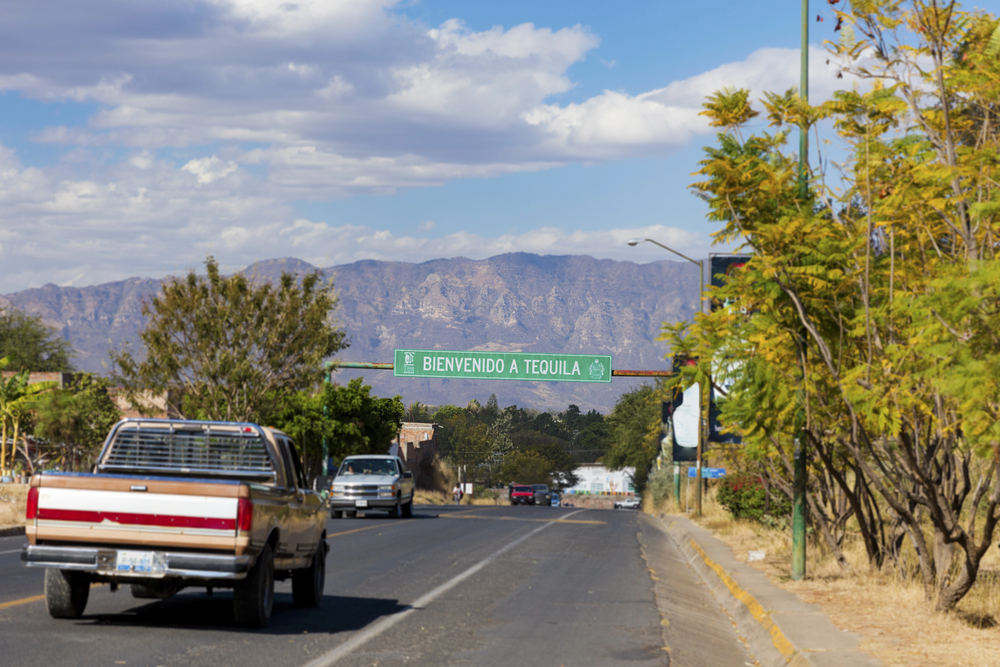
The Rio Grande de Santiago flows near this town where the production of Mexico’s signature spirit continues using methods established in the 1600s, with jimadores harvesting agave using traditional coas (specialized knives) unchanged for generations. Horse-drawn carretas still transport harvested agave hearts to family distilleries in some operations, while the colonial center maintains its original street grid and architectural details.
The surrounding landscape of blue agave fields appears essentially as it did centuries ago, with farming practices that prioritize traditional knowledge over modern agricultural technology.
Like Travel Pug’s content? Follow us on MSN.
Suzdal, Russia

The Kamenka River winds through this town that served as Russia’s religious and political center before Moscow’s ascendance, preserving wooden architecture and onion-domed churches that escaped Soviet-era development. Horse-drawn sleighs and carts remain practical transportation during different seasons rather than tourist attractions, moving along streets still unpaved in some historic districts.
The town’s soundscape retains elements lost elsewhere in Russia—church bells ringing according to traditional Orthodox patterns and the absence of mechanical noise in many areas allows visitors to hear the river and wind as residents did centuries ago.
Fustat (Old Cairo), Egypt
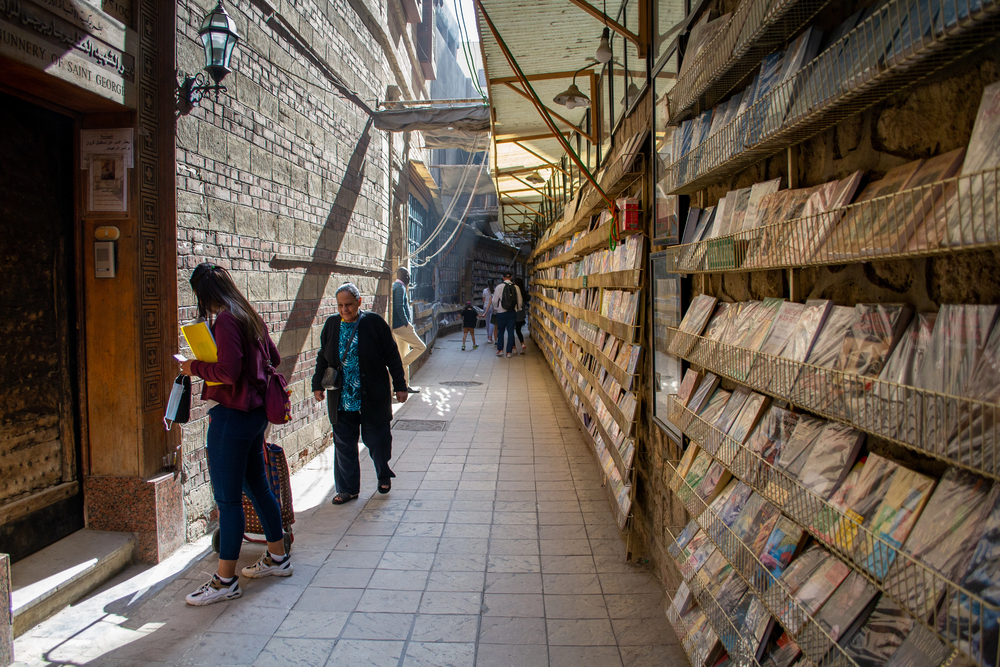
The Nile flows past this original Islamic settlement where artisans in the Khan el-Khalili market continue crafts established when the market first opened in the 14th century. Traditional glassblowing, metalworking, and textile production follow methods documented in medieval manuscripts housed in the city’s collections.
The rhythms of daily life still follow patterns established by early Islamic practices, with prayer calls marking time rather than mechanical clocks and many businesses observing traditional hours tied to sunrise and sunset rather than fixed schedules.
Varanasi, India
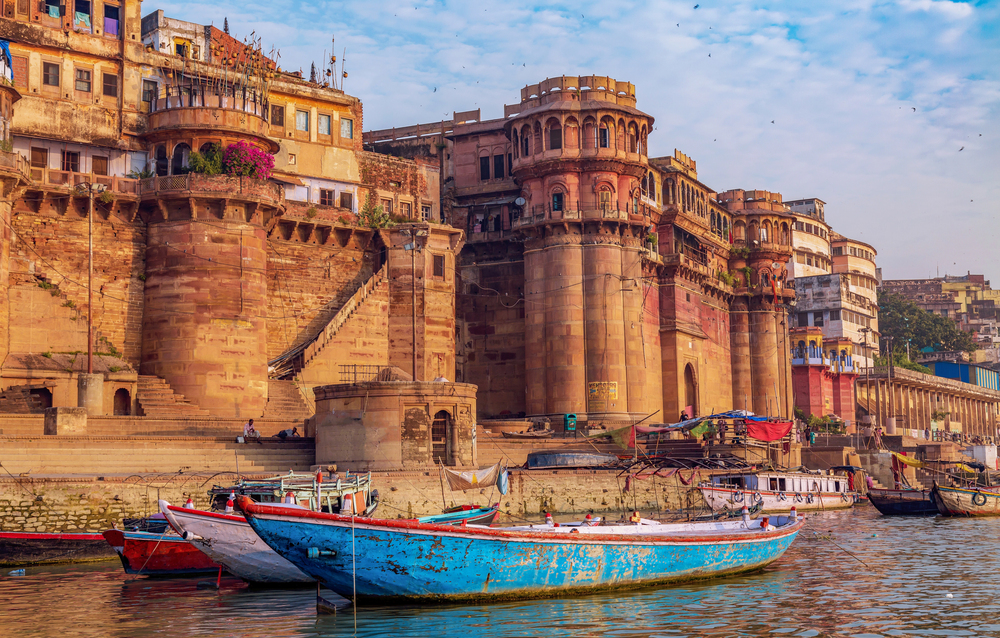
The sacred Ganges supports the oldest continuously inhabited city, where morning bathing rituals and evening fire ceremonies have continued uninterrupted for more than 2,500 years. The ghat steps leading to the river remain the social and spiritual center of daily life, with activities from laundry to funerals conducted using methods established millennia ago.
Sanskrit schools still teach ancient texts through memorization and oral recitation, rather than modern educational methods. Additionally, astrologers and palm readers practice their crafts alongside the river using techniques passed through family lineages rather than formal instruction.
Like Travel Pug’s content? Follow us on MSN.
Bellaggio, Italy
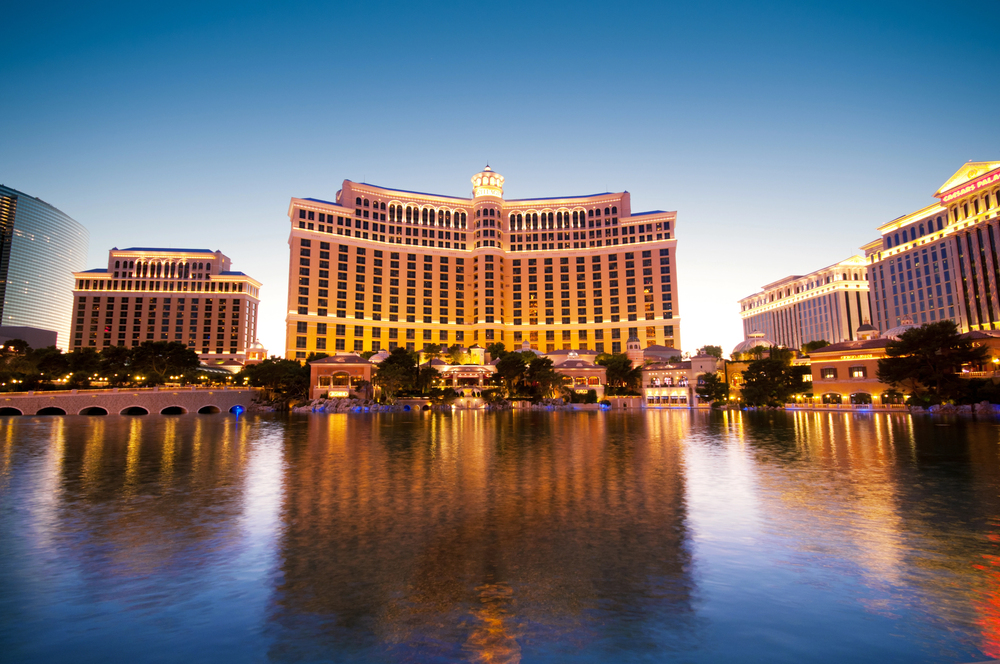
Positioned where Lake Como splits into two branches, this town maintains the elegant pace of 19th-century aristocratic life, when European nobility established the Italian lake district as a retreat from industrializing cities. The absence of cars in the historic center helps preserve the soundscape of an earlier era, with pedestrian footsteps on cobblestones and distant boat engines the primary mechanical sounds.
Villa gardens showcase horticultural design principles established centuries ago, maintained using traditional pruning and cultivation methods rather than modern landscaping techniques.
Fenghuang, China
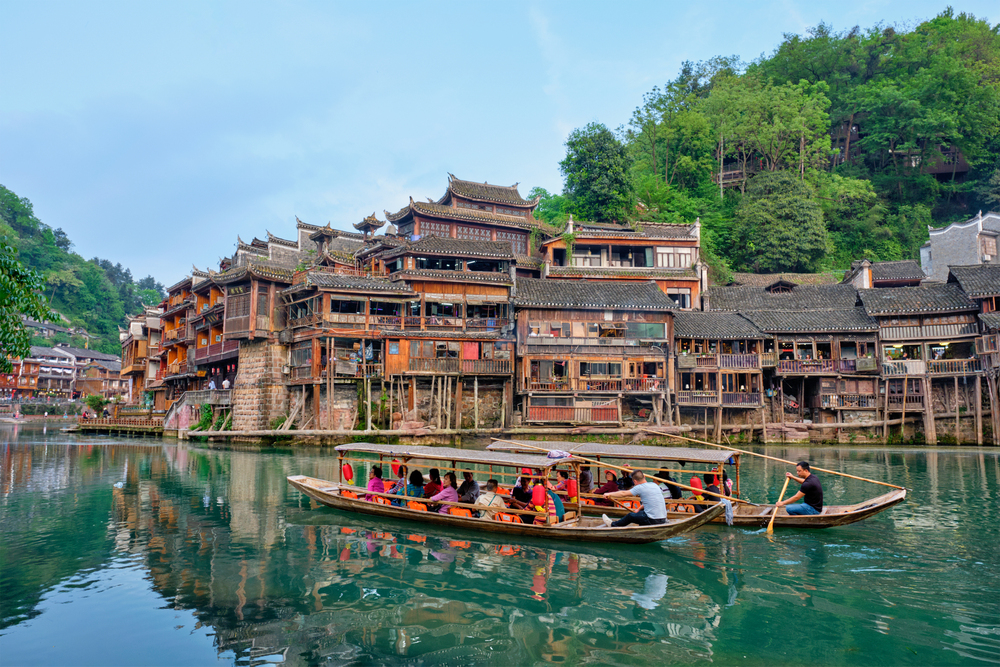
The Tuo River flows beneath wooden stilt houses in this ancient town where the Miao and Tujia ethnic minorities maintain cultural practices largely unchanged by China’s rapid modernization. Dawn reveals that residents wash clothing in the river using wooden paddles and traditional soaps while fishermen employ cormorant birds to fish, exactly as their ancestors did.
The distinctive drum towers still serve as community gathering places rather than tourist attractions, with elders transmitting oral histories and traditions to younger generations in these spaces as they have for centuries.
Szentendre, Hungary
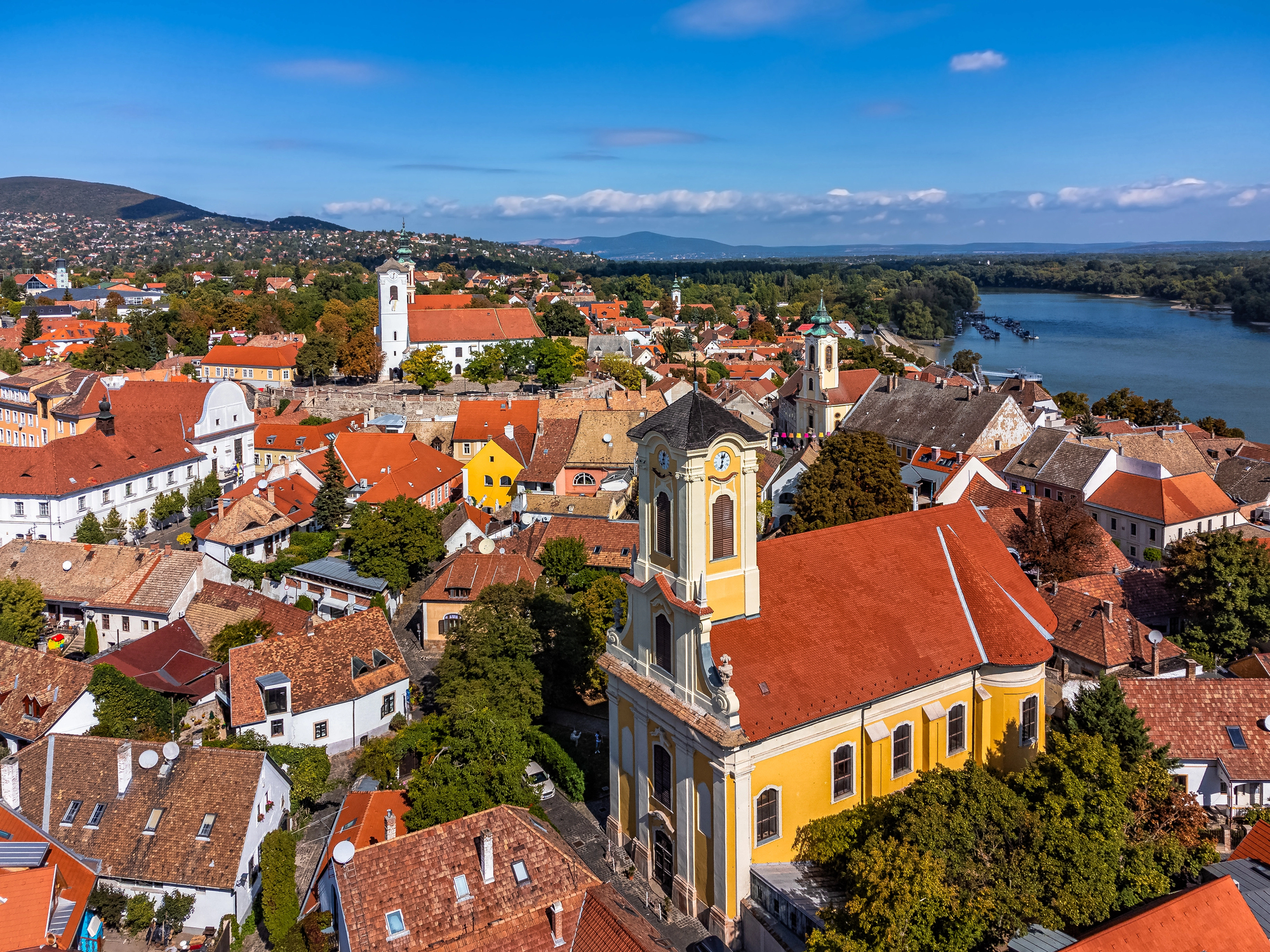
The Danube flows past this artist’s colony north of Budapest, where traditional Serbian, Dalmatian, and Hungarian architectural styles create streets that appear frozen in the 18th century. Master craftspeople still produce hand-painted ceramics and intricate embroidery using patterns and techniques documented in the town’s museums, often working in the same buildings where their predecessors practiced centuries ago.
The marzipan museum demonstrates candy-making methods unchanged since the Habsburg era, while restaurants serve regional specialties prepared according to handwritten recipes passed through generations.
Like Travel Pug’s content? Follow us on MSN.
St. Augustine, Florida

The Matanzas River flows alongside America’s oldest European-established city, where narrow streets follow the original Spanish colonial plan laid out in 1565. Horse-drawn carriages remain common transportation rather than merely tourist attractions, moving along streets too narrow for modern vehicles in some districts.
Archaeological excavations continually uncover everyday items from the city’s earliest days, often finding them remarkably similar to objects still used in traditional households along the river.
Luxor, Egypt
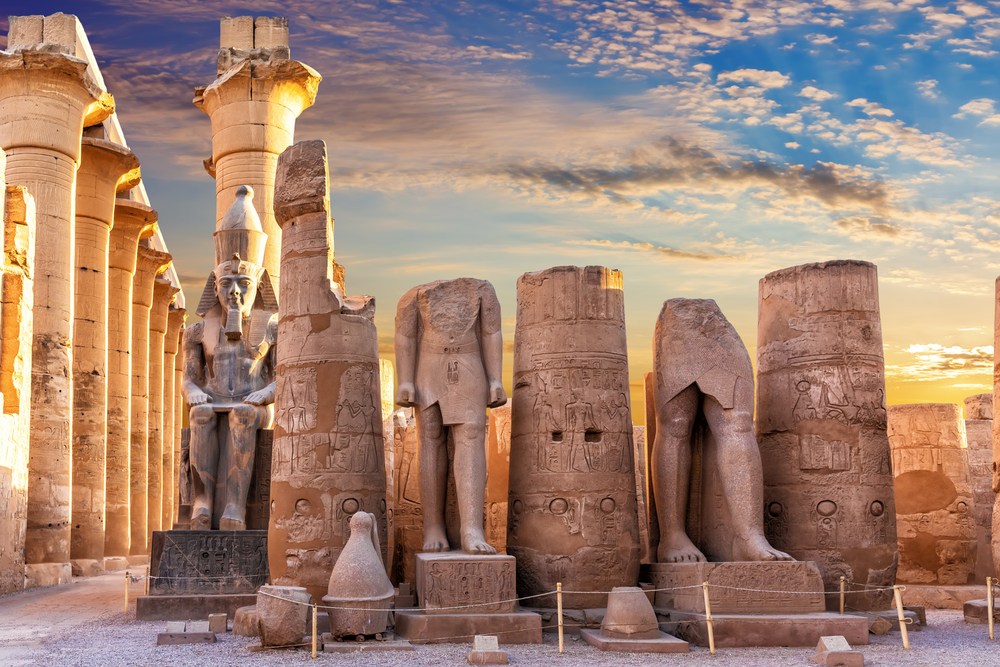
The Nile divides this ancient city where modern residents live amid temple complexes and tombs dating back 4,000 years, creating a community where past and present visibly coexist. Traditional felucca boats with designs essentially unchanged since Pharaonic times still transport people and goods along the river using wind power rather than engines.
Alabaster workshops demonstrate carving techniques identical to those depicted in ancient tomb paintings, while markets sell produce grown using irrigation methods established millennia ago.
Ghent, Belgium
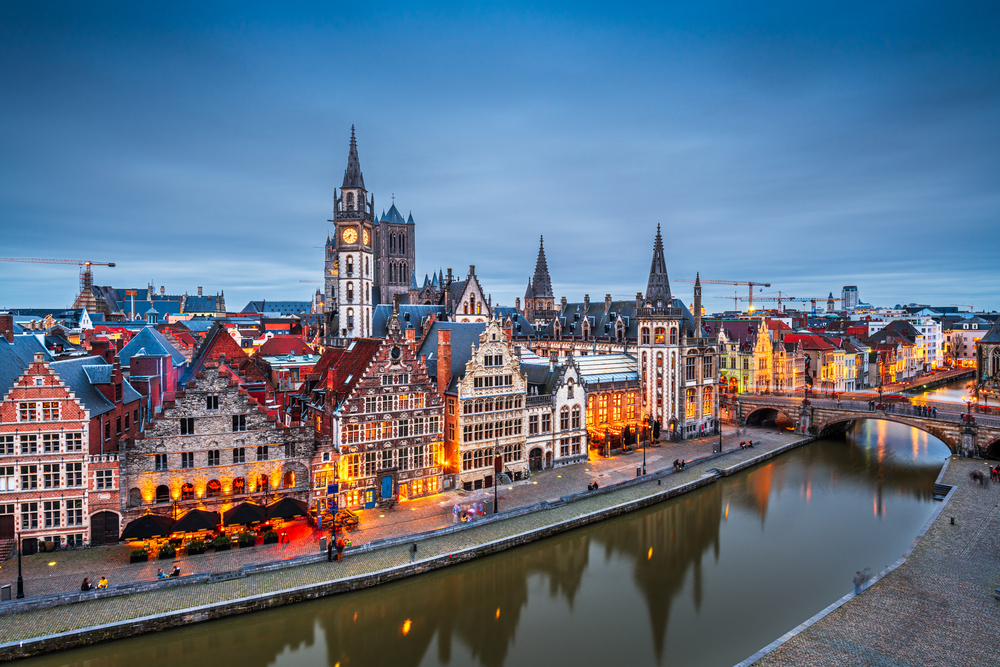
Three rivers converge in this Flemish city, where medieval guild houses and mercantile buildings create one of Europe’s largest car-free historic centers. The tradition of carillon bells marking time continues with weekly concerts played on instruments centuries old, using mechanical systems rather than electronic amplification to spread their sound across the city.
Lace making demonstrations showcase techniques documented since the 16th century, while the city’s famous mustard shop continues producing condiments using methods and equipment largely unchanged since its founding in 1790.
Like Travel Pug’s content? Follow us on MSN.
Pingyao, China
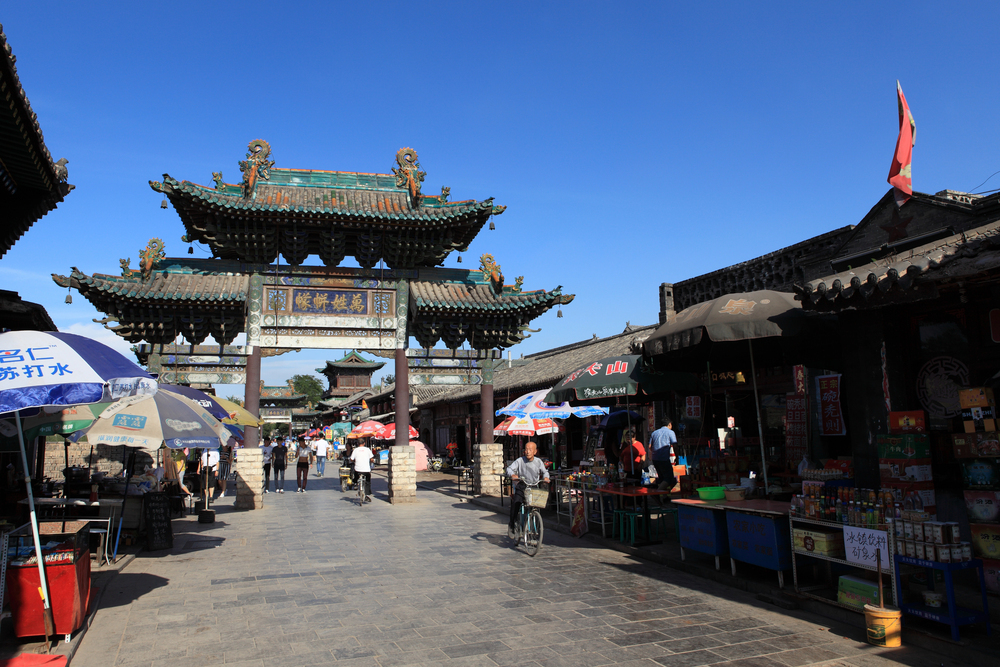
Though not directly on a major river, this exceptionally preserved walled city sits in the watershed of the Fen River, where traditional banking originated in imperial China. The complete Ming dynasty city walls enclose streets where residents continue to make traditional paper cuts, vinegar, and lacquerware using methods established centuries ago.
The absence of visible power lines and modern signage within the walls maintains the visual experience of an earlier era. At the same time, the night watchmen still make their rounds announcing the hours according to ancient practice.
Regensburg, Germany
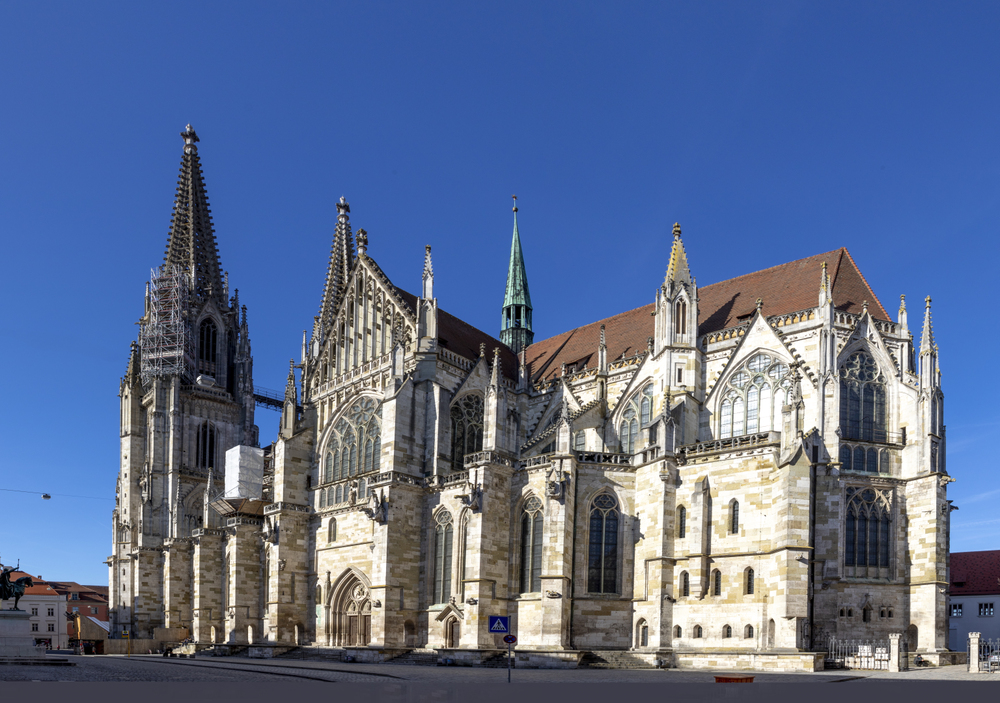
The Danube flows past this remarkably intact medieval city, where the Stone Bridge has continuously carried traffic since the 12th century without fundamental structural changes. The tradition of river salt storage created the distinctive architecture of merchant houses with high-ceilinged ground floors, which now serve as restaurants still brewing beer according to the German Purity Law established in 1516.
The daily market in the old town follows traditions established when Regensburg served as a major trading hub along the Danube, with many vendor families occupying the same spots for generations.
Kampot, Cambodia
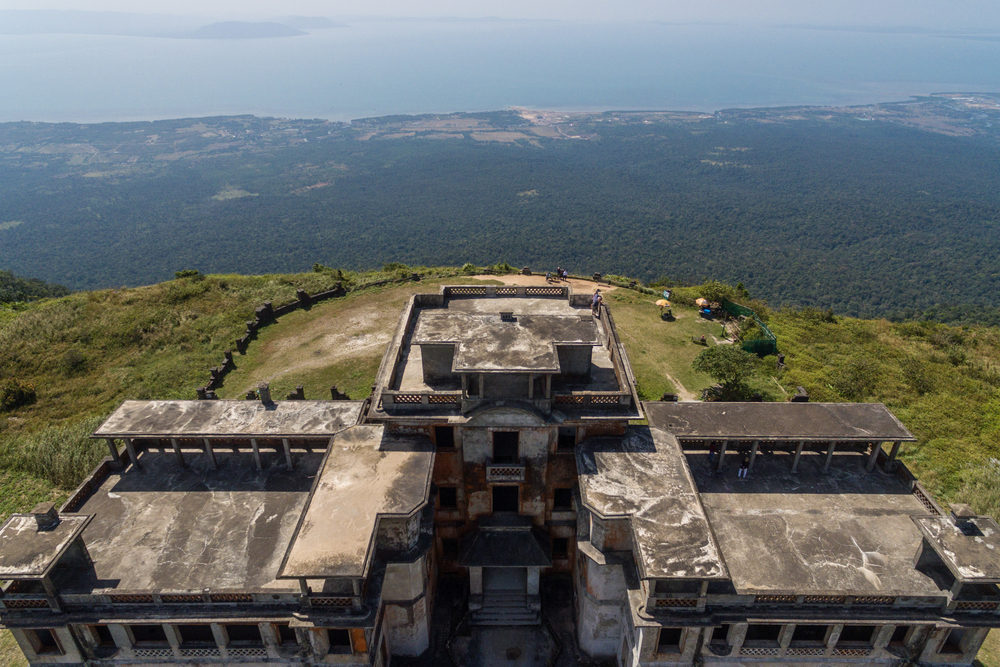
The Praek Tuek Chhu River flows through this former French colonial port where pepper plantations continue production methods established centuries ago when Kampot pepper was prized throughout Europe. Traditional wooden fishing boats with distinctive painted eyes on their prows still depart at dawn and return with the tide rather than following fixed schedules.
The absence of high-rise development and the preservation of shophouse architecture create streetscapes that appear essentially as they did when writers like André Malraux found inspiration here in the early 20th century.
Like Travel Pug’s content? Follow us on MSN.
Lijiang, China
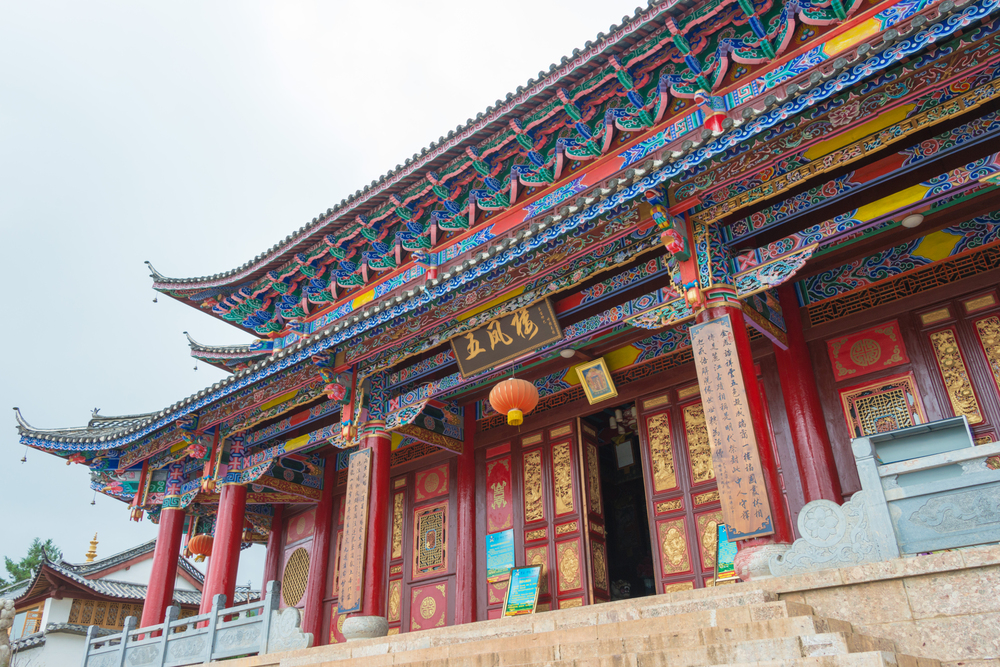
The network of canals flowing from the Black Dragon Pool through this ancient town creates a distinctive soundscape of running water that has remained unchanged for centuries despite the city’s popularity. The Naxi ethnic minority maintains cultural practices, including the use of Dongba pictographic script, one of the world’s last pictographic writing systems that is still in use for religious ceremonies.
Traditional water wheels continue to distribute canal flow through the town using mechanical systems established during the Ming Dynasty. At the same time, papermakers and textile artists practice crafts using techniques preserved through generations of family instruction.
Trinidad, Cuba

The San Luis River flows near this colonial town where cobblestone streets and pastel-colored buildings appear exactly as they did during the sugar boom of the 19th century. The absence of modern construction within the historic center maintains period-accurate sightlines and shadows, with the town square still serving as the community’s social hub.
Horse-drawn transportation remains common for practical purposes rather than tourism. At the same time, many households continue cooking on traditional wood-fired stoves despite having modern alternatives and maintaining culinary traditions established generations ago.
Giethoorn, Netherlands

Canals replaced the streets entirely in this village, where transportation primarily occurred by punt boat since peat harvesters founded the settlement in the 13th century. The tradition of thatched roofing continues as a practical building method rather than for historic preservation, with skilled thatchers still training apprentices through traditional knowledge transfer rather than formal education.
The soundscape remains notably free of mechanical noise in most areas, with bicycle bells and conversation carrying across the water in ways that create an auditory environment essentially unchanged for centuries.
Like Travel Pug’s content? Follow us on MSN.
Between Two Timelines
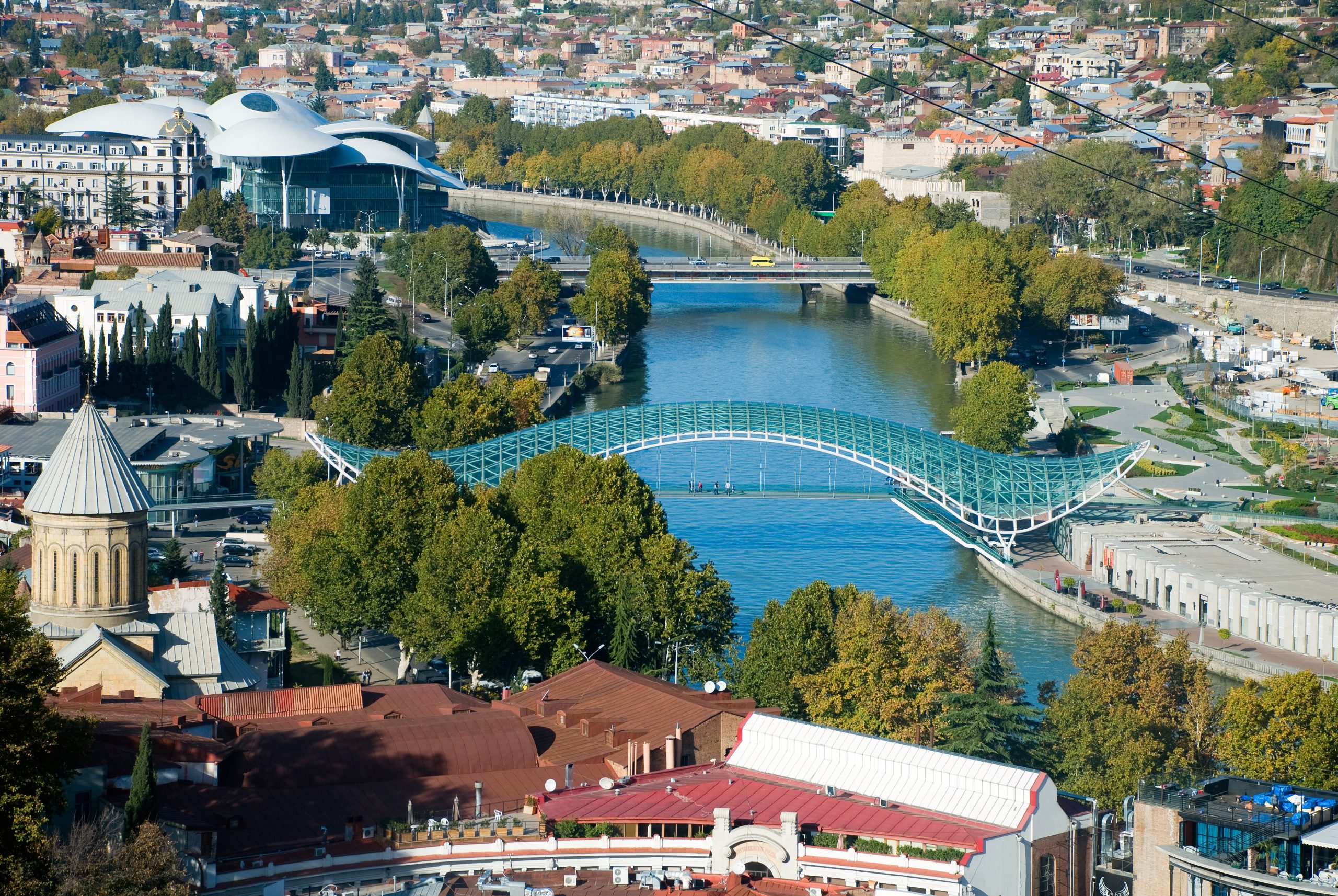
These river towns exist simultaneously in multiple eras, neither stuck in the past nor fully embracing modernity. Their continued traditions represent not a rejection of progress, but rather a different relationship with time itself—one where practices prove their worth through centuries of refinement rather than novelty.
As visitors temporarily step into these alternative timelines, they often discover that what initially feels like going backward in time actually offers forward-looking lessons about sustainability, craftsmanship, and community that contemporary society increasingly recognizes as valuable. The rivers themselves, flowing constantly yet always appearing the same, perfectly symbolize this paradoxical relationship with time.
More from Travel Pug

- Cities Growing so Fast You Won’t Recognize Them in 10 Years
- 13 Destinations Where Tourists Regularly Regret Their Trip
- 20 Obscure WWII Sites Even History Buffs Don’t Know About
- 10 Under-the-Radar Mountain Towns That Are Both Affordable and Beautiful
- Remote Villages in Europe Where You Can Live for Free in Exchange for Work
Like Travel Pug’s content? Follow us on MSN.
